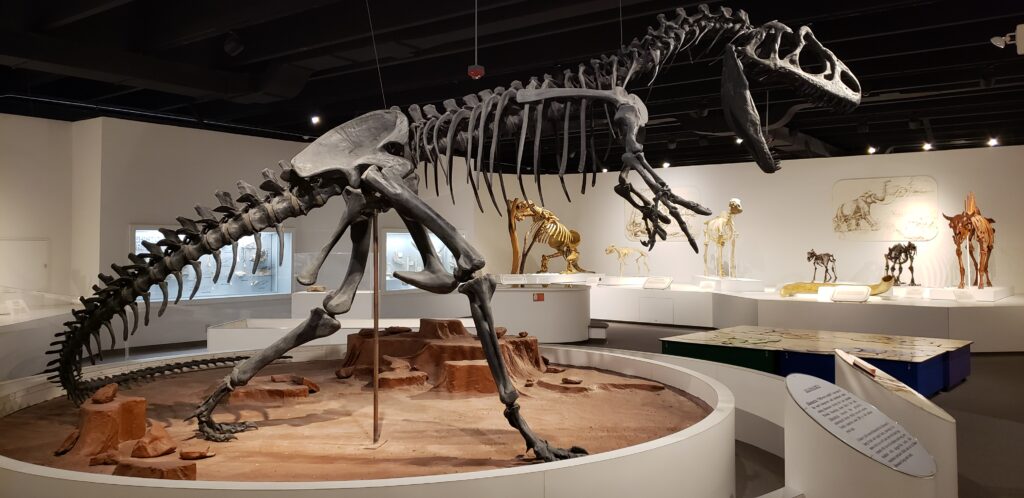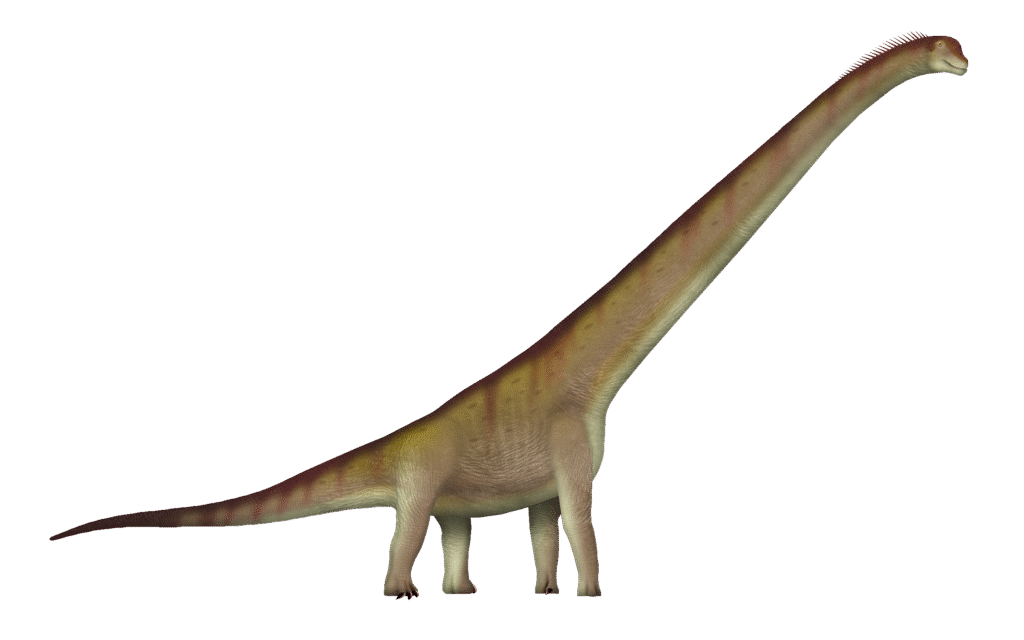When we think of dinosaurs, sauropods often stand out as the true titans of the prehistoric world. With their massive bodies, extraordinarily long necks, and whip-like tails, these gentle plant-eaters dominated Earth’s landscapes for over 100 million years. But just how big were they? A common question that helps us conceptualize their immense size is whether these ancient giants would fit within the familiar dimensions of a modern football field. Let’s explore this fascinating comparison and discover just how these magnificent creatures measure up against one of our most recognizable sporting venues.
Understanding Sauropod Dimensions

Sauropods represent the largest terrestrial animals that ever walked the Earth, with some species reaching truly staggering proportions. These dinosaurs belonged to a group characterized by their long necks, small heads, four thick, pillar-like legs, and long tails that counterbalanced their extended necks. The largest well-documented sauropods like Argentinosaurus, Patagotitan, and Supersaurus reached lengths between 30-40 meters (98-131 feet) from nose to tail tip. Their heights, when standing on all fours, typically ranged from 6 to 18 meters (20-60 feet), depending on how high they held their necks. Their weight estimates are equally impressive, with the heaviest species potentially exceeding 70 metric tons—equivalent to about a dozen modern elephants combined. These dimensions make sauropods the undisputed size champions among land animals throughout Earth’s history.
Football Field Dimensions

To properly answer our question, we need to understand the standard dimensions of a football field. In American football, the playing field measures 120 yards (109.7 meters) in total length, including the two 10-yard end zones. The width of the field is 53.3 yards (48.8 meters). For soccer (association football), the dimensions can vary slightly, but FIFA regulations specify that international matches must be played on fields between 100-110 meters (109-120 yards) long and 64-75 meters (70-80 yards) wide. College and professional American football fields follow standardized measurements, making them useful reference points for visualizing large objects. The clearly marked yard lines also provide convenient measurement references when comparing dinosaur sizes to these familiar sporting venues.
The Longest Sauropods
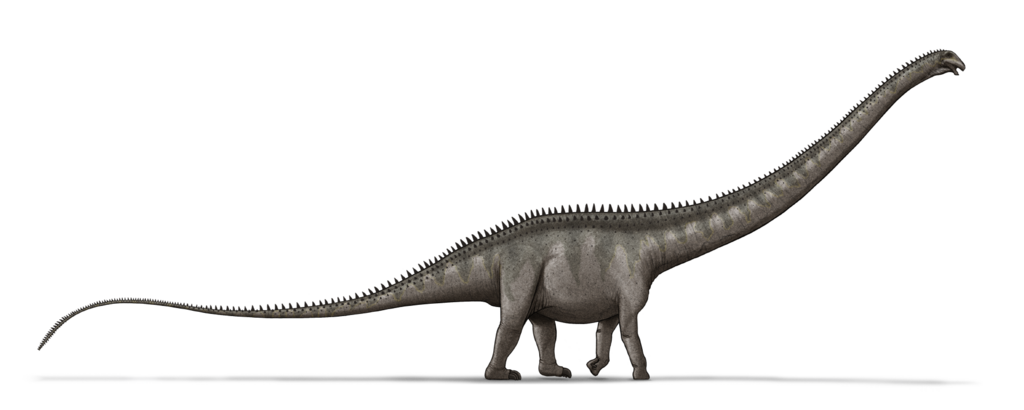
When examining the most extreme examples of sauropod length, several spectacular specimens stand out. Supersaurus, with estimated lengths of up to 33-34 meters (108-112 feet), represents one of the longest reasonably well-documented dinosaurs. Another contender, Diplodocus, stretched approximately 26-27 meters (85-89 feet) from nose to tail. The massive Argentinosaurus and Patagotitan from South America likely reached lengths of 30-37 meters (98-121 feet). Perhaps the most extreme length claim belongs to Amphicoelias fragillimus, known only from a single, now-lost vertebra, which some paleontologists have suggested might have reached an astonishing 40-60 meters (131-197 feet) in length, though these estimates remain highly speculative. Even with conservative estimates, the longest sauropods would have occupied a significant portion of a football field’s length.
Length Comparison: Sauropods vs. Football Field
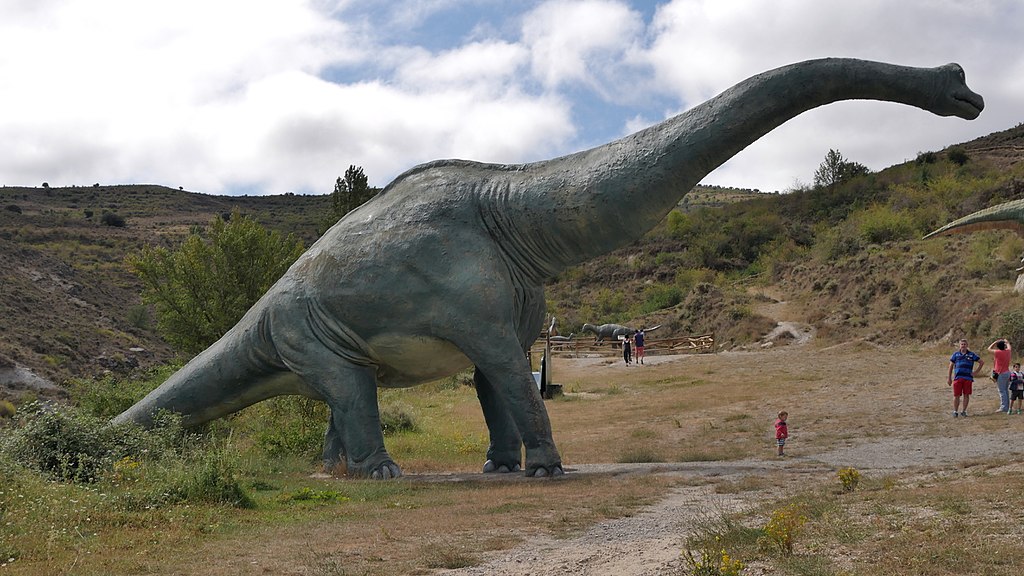
When we directly compare the length of the largest known sauropods to a standard American football field (109.7 meters including end zones), we find that even the most massive sauropods would indeed fit within its boundaries—though some would be impressive in their proportion to the field. An average large sauropod like Brachiosaurus, at about 25 meters (82 feet) long, would occupy less than a quarter of the field’s length. The longest well-documented sauropods at 33-37 meters (108-121 feet) would take up approximately one-third of the field’s total length. Even the most speculative size estimates for Amphicoelias fragillimus, if accurate, might have extended to more than half the field’s length. This comparison helps us visualize just how enormous these animals were while confirming that even the largest would still fit comfortably within the confines of a standard football field lengthwise.
Width Considerations
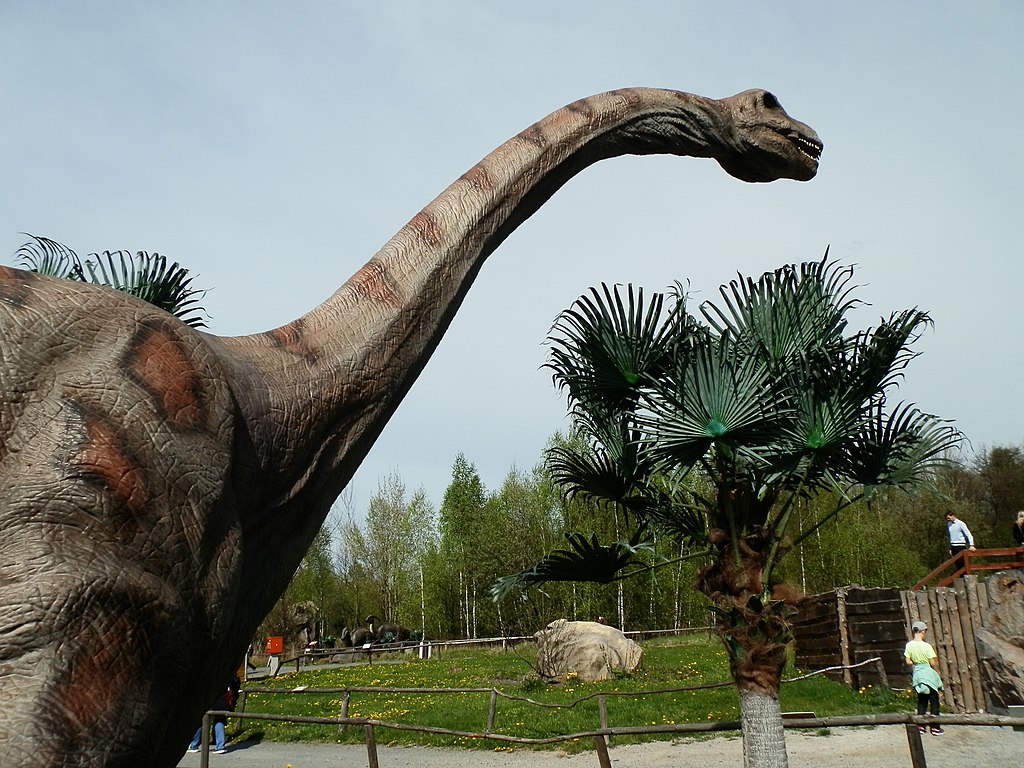
While sauropods were incredibly long, their bodies were relatively narrow in comparison to their overall length. The widest part of a typical sauropod’s body—usually across the hip area—generally measured between 2-6 meters (6.5-20 feet) depending on the species. When we consider the width of a football field at 48.8 meters (American football) or 64-75 meters (soccer), it becomes clear that even the widest sauropods would occupy only a small fraction of the field’s width. This proportion is important to remember, as it helps us understand that these animals, while massive, had body plans optimized for their environment and lifestyle. The relatively narrow body compared to the extreme length was an evolutionary adaptation that allowed these giants to move through prehistoric forests and plains while managing their enormous weight distribution effectively.
Visualizing a Sauropod on the Field

Imagine standing in the bleachers of a football stadium and watching as a full-sized Argentinosaurus is somehow transported onto the field. The creature would stretch from approximately one 20-yard line to the opposite 20-yard line—an impressive distance, but still contained within the field’s boundaries. Its massive legs would create footprints larger than a manhole cover, and its head, perched atop that long neck, might reach the height of the lowest stadium seating areas. From a helicopter view, the dinosaur would resemble a living, breathing line drawn across a portion of the field, with plenty of space remaining at either end. This mental image helps contextualize the size of these animals in relation to a space many of us can easily picture, making their enormous proportions more comprehensible to our modern minds.
Height Comparisons
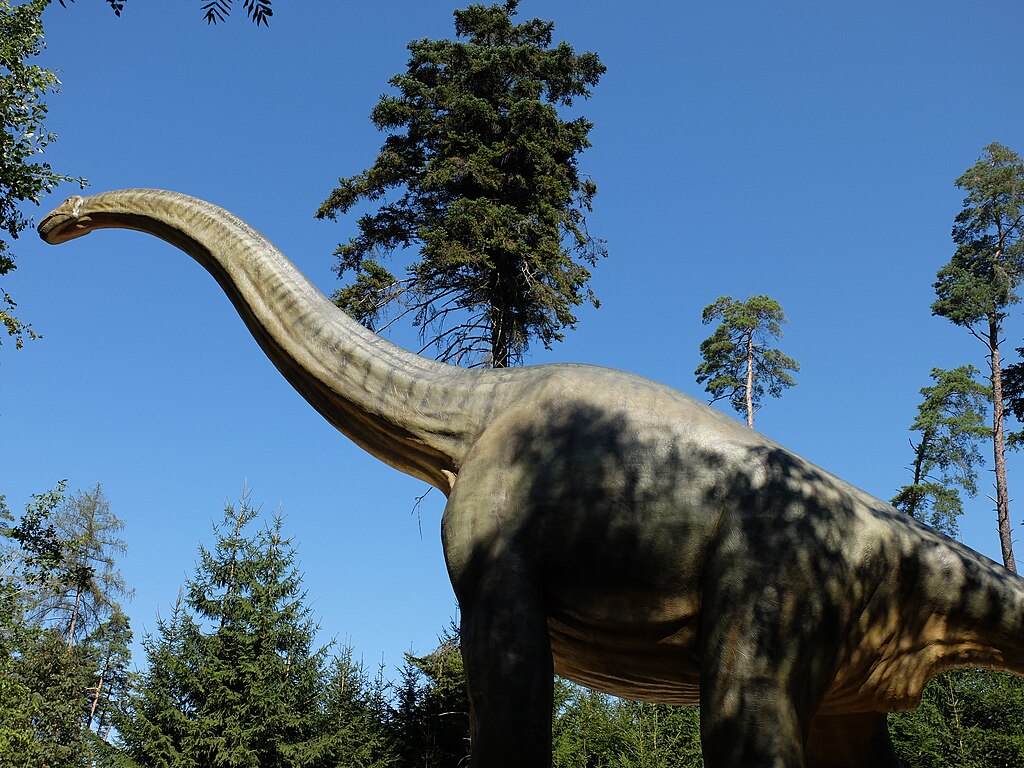
The vertical dimension adds another fascinating aspect to our comparison. While a football field has no official height restriction, most stadiums have clearances of at least 30 meters (100 feet) above the playing surface. The tallest sauropods, when reaching up with their necks fully extended, might have achieved heights of 15-18 meters (50-60 feet). Brachiosaurus, with its notably upward-sloping neck, could potentially reach heights of about 13-15 meters (43-49 feet). These heights would be impressive within a stadium setting but would still fit within the vertical clearance of most modern facilities. However, it’s worth noting that if a sauropod were to rear up on its hind legs—a behavior some paleontologists speculate might have been possible for certain species—it could potentially reach heights exceeding 25 meters (82 feet), which would approach the height limitations of some stadiums.
Weight Considerations

The immense weight of sauropods presents an interesting practical consideration in our football field thought experiment. The largest species likely weighed between 50-70 metric tons (55-77 short tons), with some estimates ranging even higher. Modern football fields, particularly those with advanced drainage systems and carefully maintained turf, are not designed to support such concentrated weight. A sauropod’s footprint would exert ground pressure exceeding 5-10 kg/cm² (70-140 psi), potentially causing significant damage to the playing surface. For comparison, heavy construction equipment operators typically try to keep ground pressure below 1 kg/cm² to prevent soil compaction and surface damage. The massive sauropod would likely sink several inches into even the most well-maintained modern playing surface, leaving a trail of deep footprints in its wake.
The Tail Factor

The extraordinary tails of sauropods contributed significantly to their overall length and would be a remarkable feature on our hypothetical football field. Sauropod tails typically made up about 45-50% of their total body length, with some species having even more extreme proportions. These tails were not merely passive appendages but sophisticated structures containing specialized vertebrae that likely allowed for flexible, whip-like movements at the tip. On our football field, a sauropod’s tail would stretch impressively across the turf, potentially extending 15-20 meters (50-65 feet) behind the animal’s body. Paleontologists have suggested that these tails might have been used for defense, balance, communication, or even as weapons capable of creating supersonic “cracking” sounds similar to a bullwhip—a fascinating spectacle to imagine on the 50-yard line.
Neck Extension

The iconic long necks of sauropods would create another dramatic visual on our football field. These remarkable adaptations allowed the animals to reach high vegetation and potentially gave them feeding advantages over other herbivores. Sauropod necks commonly measured 6-15 meters (20-50 feet) in length, with extreme examples like Mamenchisaurus having necks potentially reaching 15-17 meters (49-56 feet). On a football field, a fully extended sauropod neck would stretch approximately from the goal line to the 15-20 yard line all by itself. This incredible reach would allow the animal to browse vegetation across a wide area without moving its massive body, an efficient feeding strategy that helped these giants meet their enormous caloric requirements. The flexibility of these necks remains a subject of ongoing paleontological debate, with some scientists suggesting they were held more horizontally than traditionally depicted.
Multiple Sauropods on One Field

While a single sauropod would fit comfortably on a football field, considering multiple individuals creates an interesting thought experiment about herd behavior. Fossil evidence suggests that at least some sauropod species traveled in groups, possibly for protection or during migrations. A standard football field could theoretically accommodate three to four adult sauropods positioned end-to-end along its length, though this would leave little room between them. More realistically, perhaps 8-10 individuals could fit comfortably if arranged in a more natural, staggered formation across the field. Juvenile sauropods, which could be significantly smaller than adults, would allow for even higher numbers. This visualization helps us understand both the immense size of individual sauropods and the potential scale of prehistoric herds that might have moved across ancient landscapes, creating thunderous vibrations with each step.
Scientific Accuracy and Uncertainty
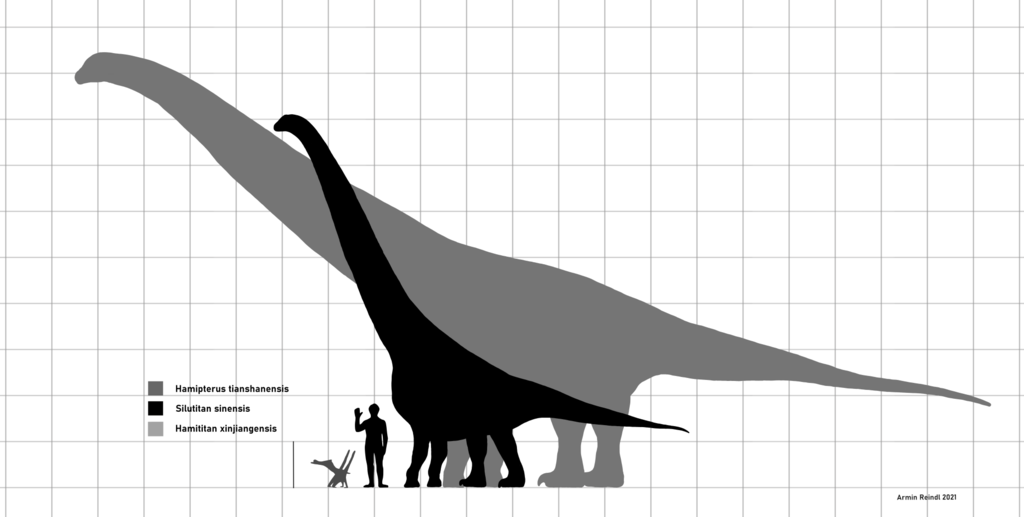
When discussing sauropod dimensions, it’s important to acknowledge the inherent uncertainties in paleontological reconstructions. Most sauropod species are known from incomplete skeletal remains, requiring scientists to make educated estimates based on related species and scaling relationships. These estimates have evolved significantly over time as our understanding of dinosaur anatomy and biology has improved. Modern computational techniques, including 3D modeling and engineering analysis, have helped refine our size estimates for these animals. Additionally, new discoveries continue to adjust our understanding of maximum dinosaur sizes. The margins of error in these size estimates can be significant—sometimes 10-20% or more—meaning that our football field comparison should be understood as approximate rather than precise. Nevertheless, the fundamental conclusion remains valid: even the largest reasonably well-documented sauropods would fit within the boundaries of a standard football field.
The Evolutionary Significance of Sauropod Size
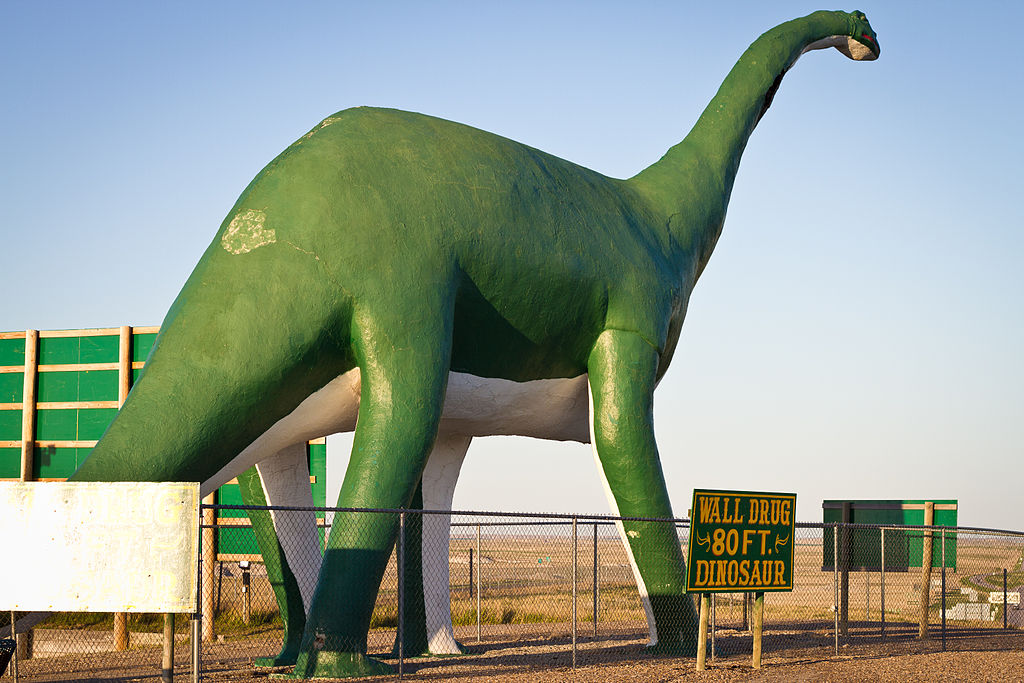
The immense size of sauropods represents one of the most remarkable evolutionary developments in terrestrial animal history. These dinosaurs pursued what biologists call “gigantism” as their primary survival strategy, evolving to sizes that exceeded anything seen before or since on land. This evolutionary path offered several advantages: adult sauropods were largely immune to predation due to their size; they could reach food sources unavailable to smaller herbivores; their large digestive systems could process low-quality plant material efficiently; and their size allowed for excellent thermal regulation (large bodies retain heat better). The fact that sauropods maintained these extreme dimensions for over 100 million years—far longer than our own species has existed—testifies to the success of this evolutionary strategy. Their size, impressive enough to prompt comparisons to football fields, represents a pinnacle of evolutionary adaptation that continues to fascinate scientists and the public alike.
Conclusion
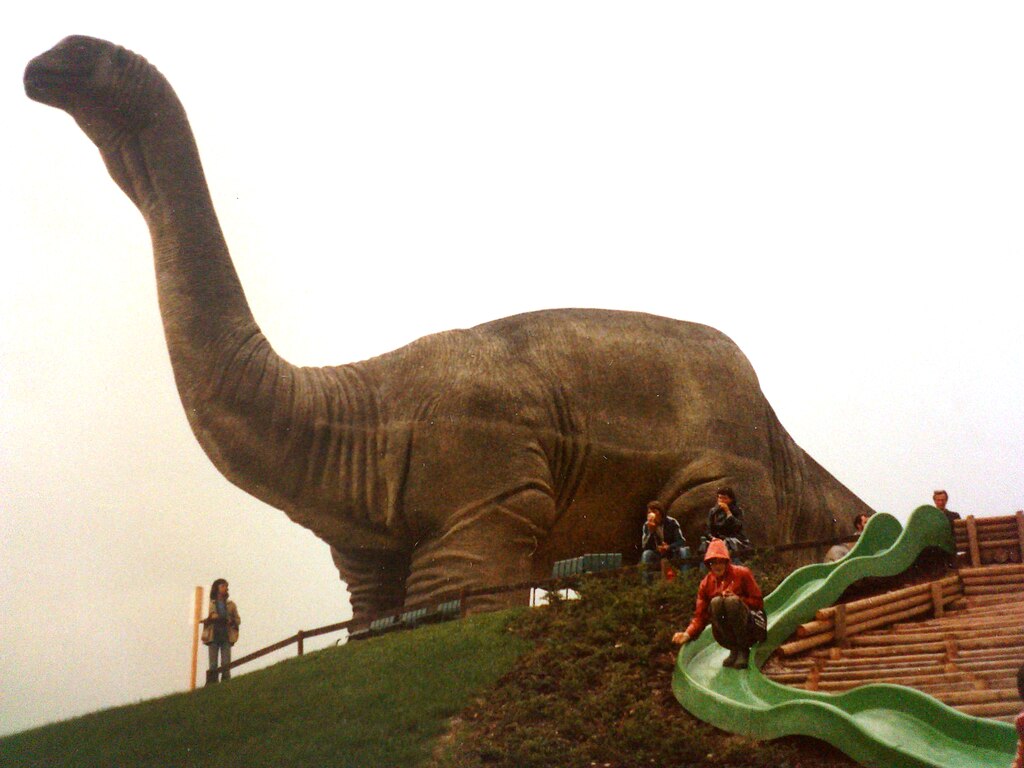
The question of whether a sauropod would fit on a football field yields a clear answer: yes, even the largest known sauropods would fit comfortably within the length of a standard football field, though the most extreme specimens might occupy a significant portion of it. This comparison helps us conceptualize the truly remarkable dimensions of these prehistoric giants while placing them within a familiar modern context. Though sauropods vanished 66 million years ago, their astonishing proportions continue to capture our imagination, serving as a humbling reminder of the extraordinary diversity of life that has existed on our planet throughout its long history. The next time you watch a football game, perhaps take a moment to imagine one of these magnificent creatures stretched across the field—a living testament to the wonders of evolution and the unimaginable timescales of Earth’s biological past.

